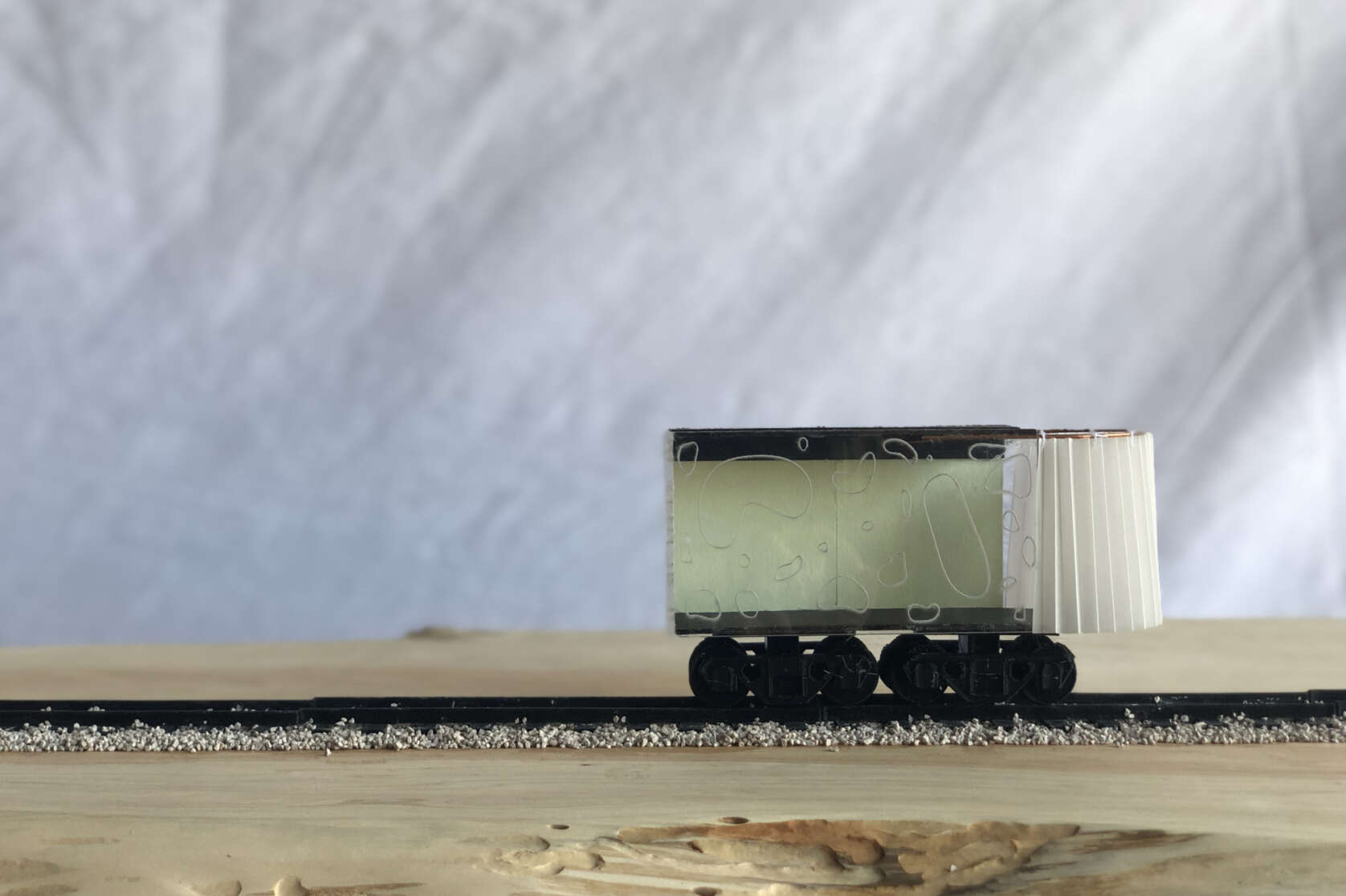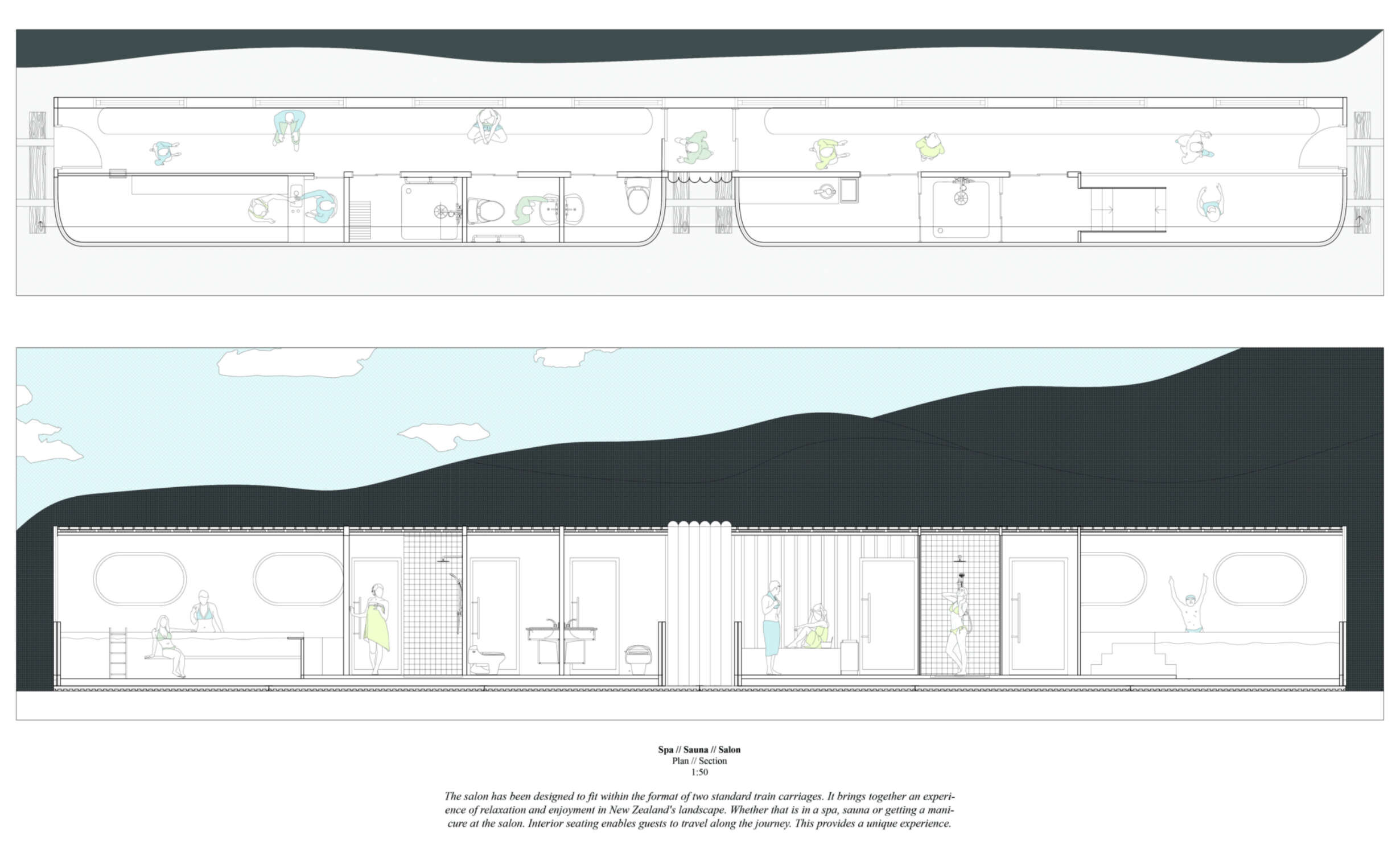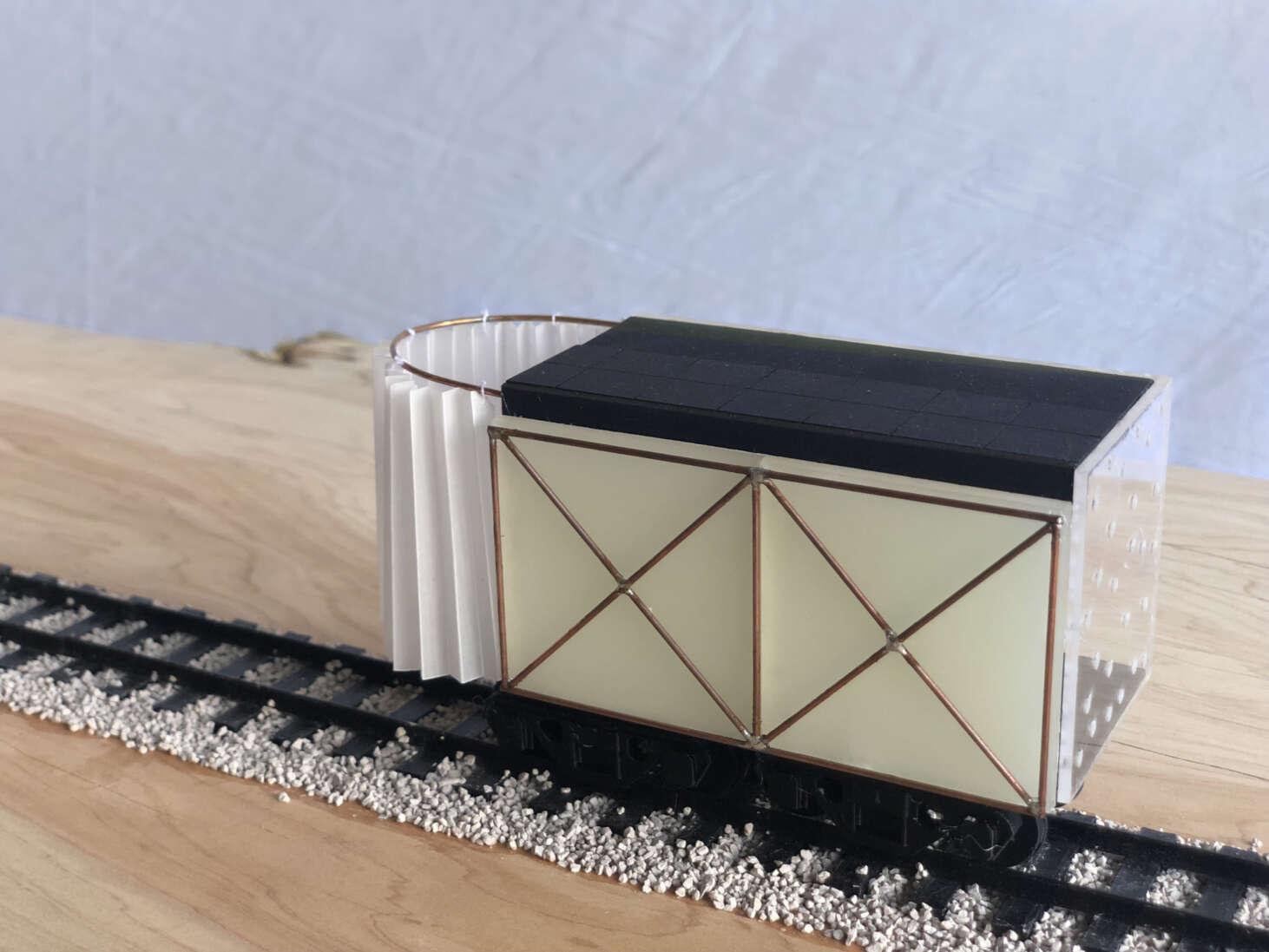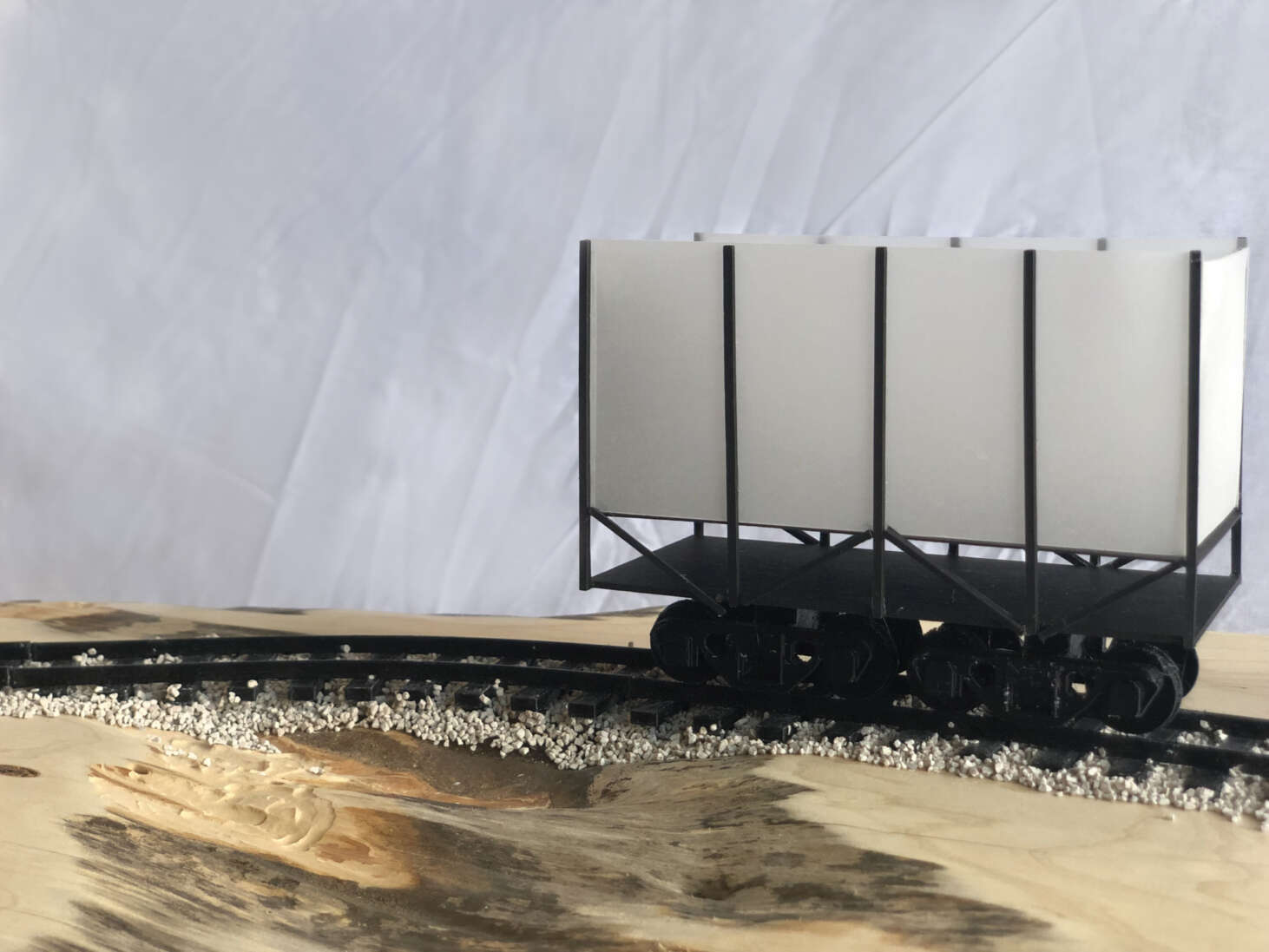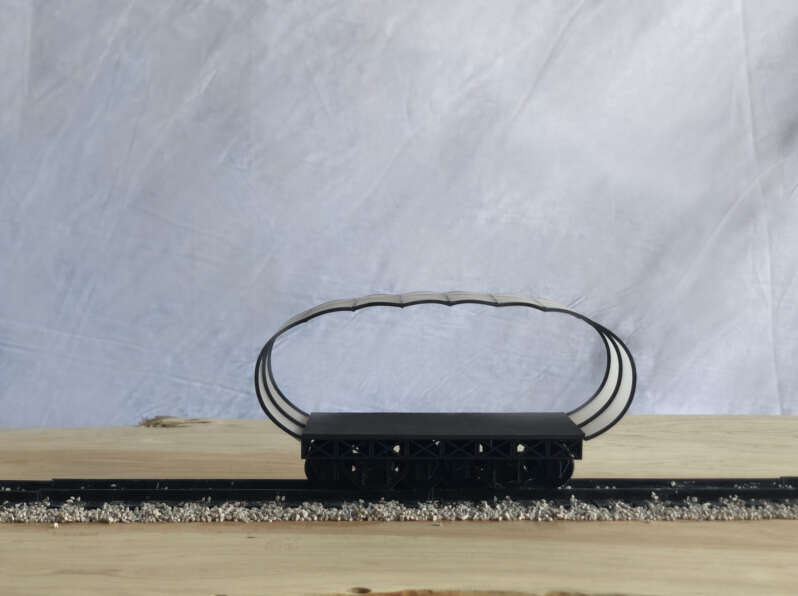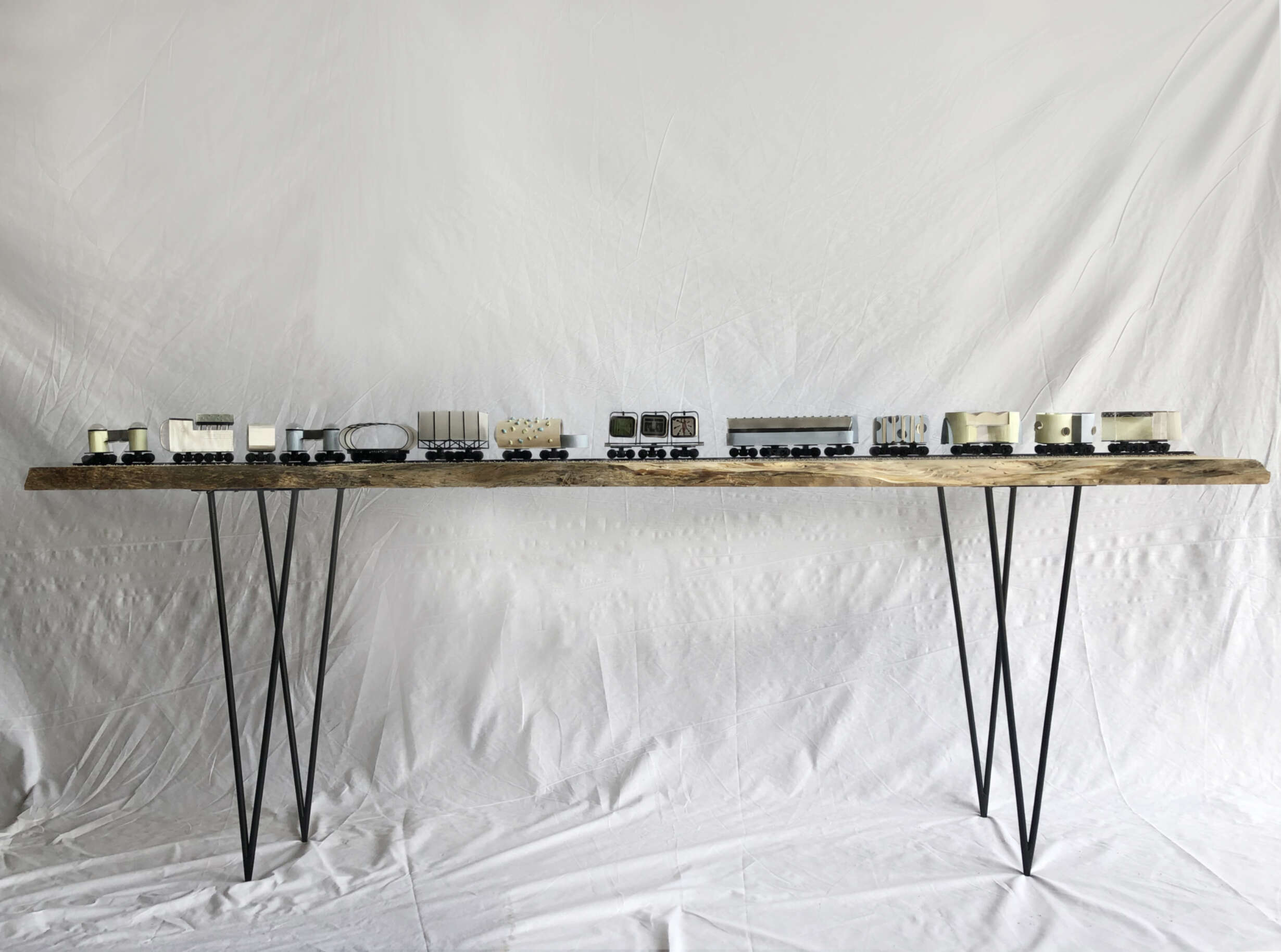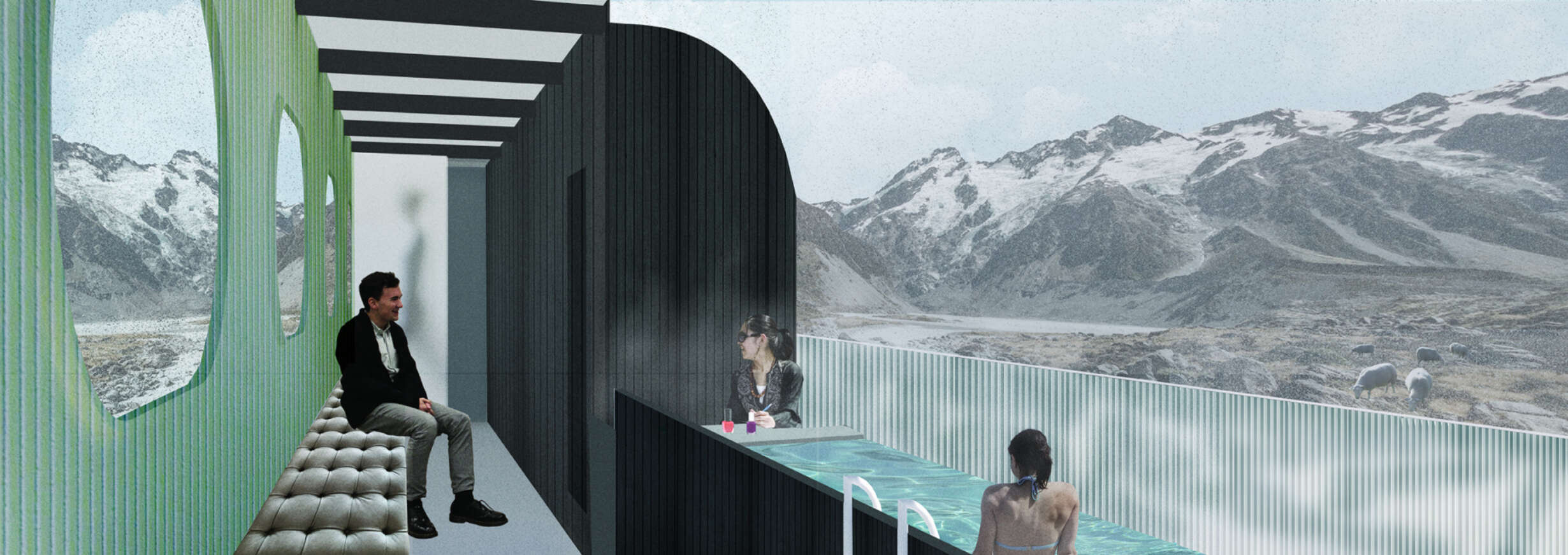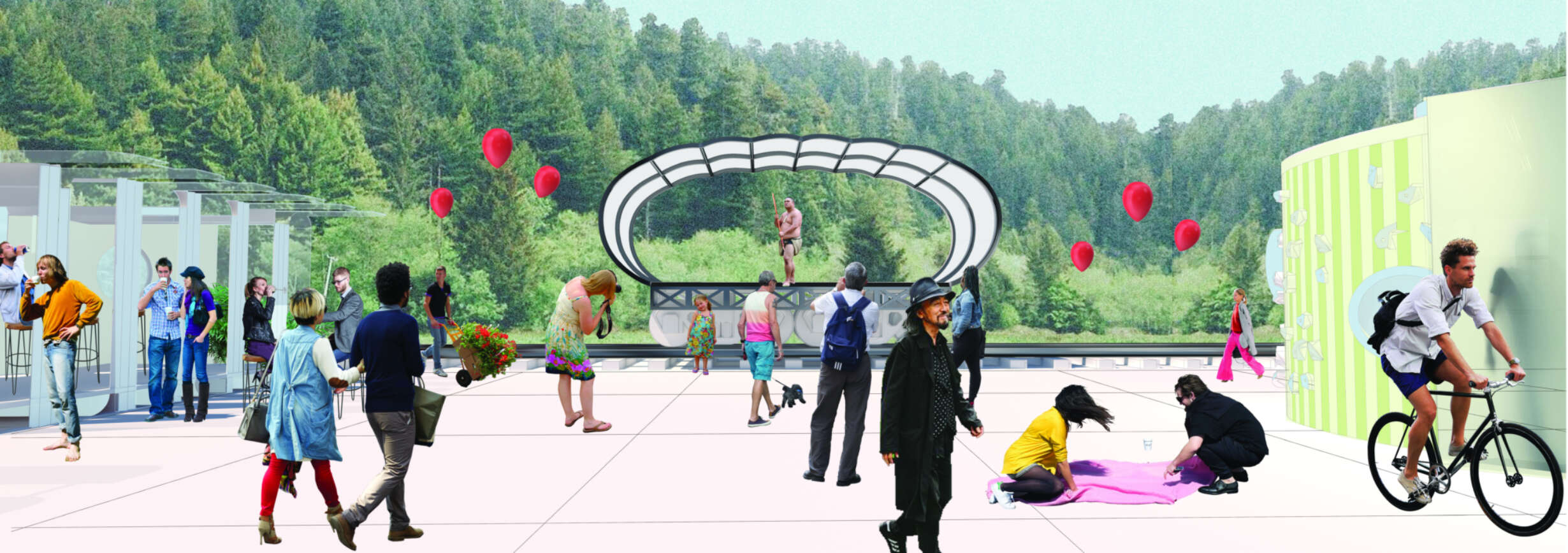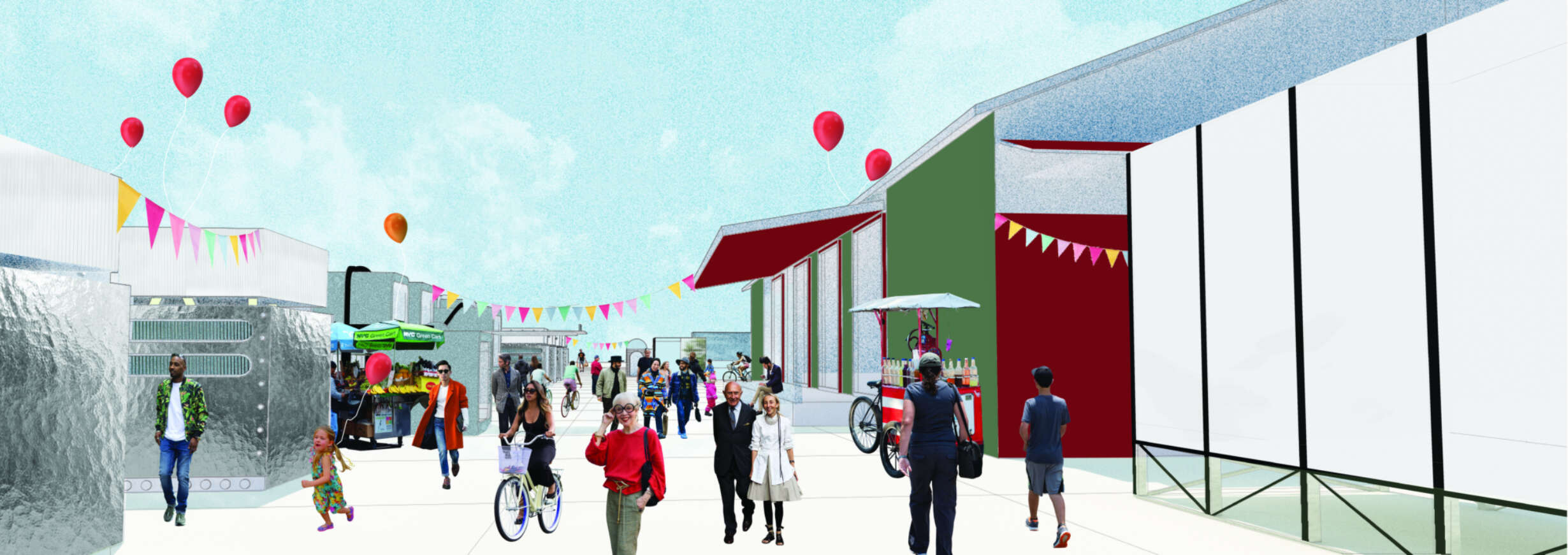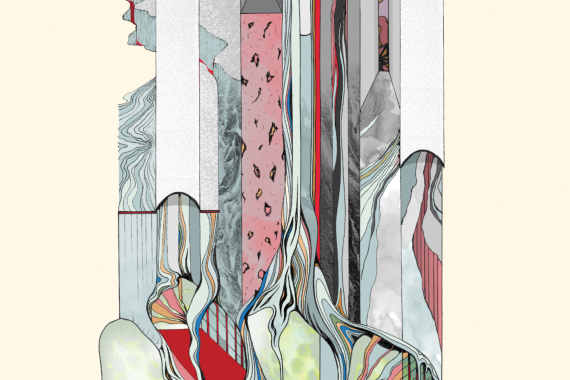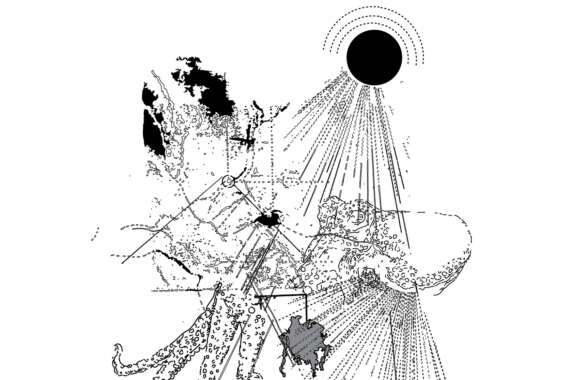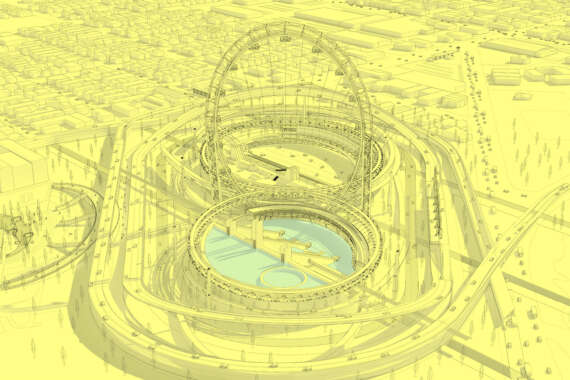The current rail infrastructure in New Zealand is under-used, presenting an architectural opportunity. Rather than proposing new train stations viable only in the economic context of cities, this thesis offers an alternative.
The architectural celebration of the rail infrastructure would be located on the train itself, presenting wider benefits for New Zealand, and most importantly - for the provinces.
This proposal opens up the possibilities of designing cultural infrastructure via event apparatus. Cultural infrastructure brought from the city to the provinces also allows for further demands to be met by linking rail. An opportunity for rural regions to have their cultural sphere enlarged - even if temporarily, can benefit them greatly. The mobile typology
is not specific to those regions but can be configured to various sites.
Architecturalising rail infrastructure may present the rail network with an ability to adapt and expand, contract, reconfigure and enhance how we travel through changing geographical and social contexts. It may also facilitate and improve a sense of amalgamation of New Zealand's history, culture and landscape within the experience of a journey.
Aggrandising rail transportation could change how our society uses, experiences and perceives the infrastructural rail system – from the beginning, through the journey and on to
a final destination.
